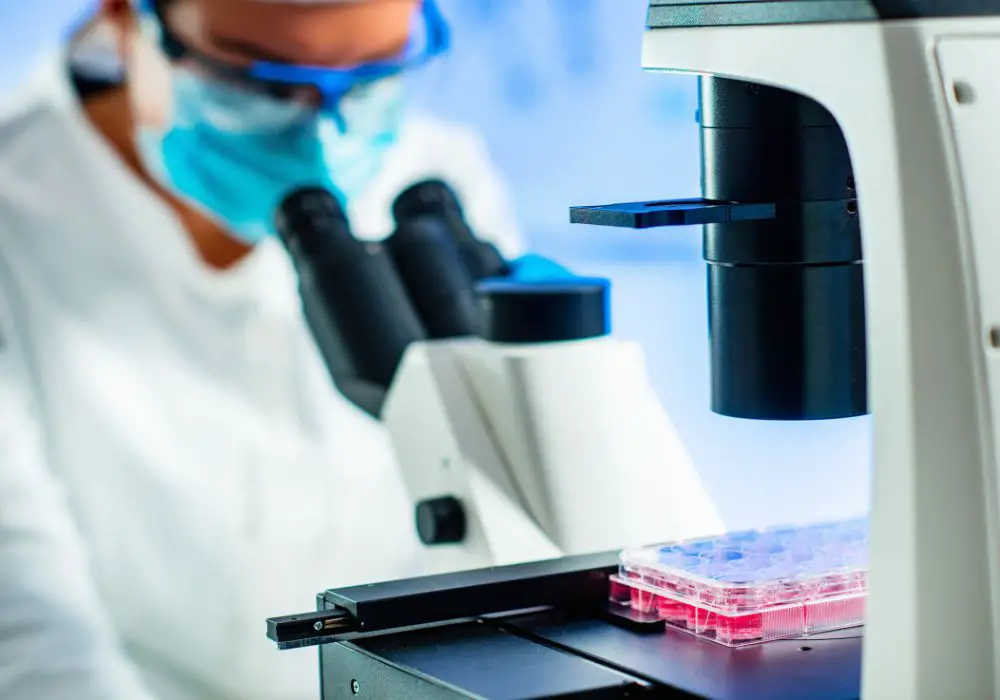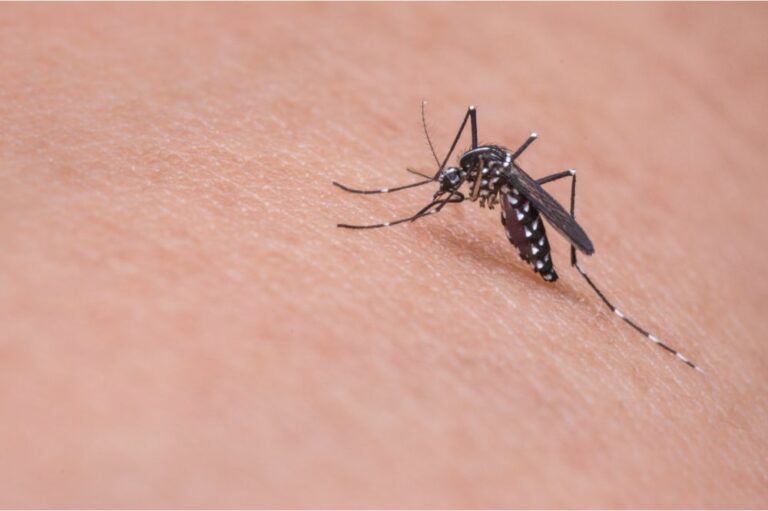Stem cells have become an area of intense research and clinical interest due to their potential to regenerate damaged tissues and treat a variety of degenerative diseases. One promising and easily accessible source of stem cells that is gaining attention is extracted dental pulp from wisdom teeth or even naturally deciduous shed baby teeth, that would otherwise be discarded as medical waste. This article takes an in-depth look at the potential of using dental pulp stem cells for regenerative therapy.
What are stem cells and their potential applications?

Stem cells are undifferentiated cells capable of self-renewal and differentiating into specialized cell types. There are several major categories:
- Embryonic stem cells – Derived from 4-5 day old embryos, they are pluripotent and can differentiate into any cell type but have ethical concerns over embryo destruction.
- Adult stem cells – Found in various tissues of the human body and multipotent but limited in differentiation ability. Include hematopoietic stem cells from bone marrow and mesenchymal stem cells.
- Induced pluripotent stem cells (iPSCs) – Adult cells genetically reprogrammed to an embryonic-like state, avoiding ethical issues.
- Dental pulp stem cells – Multipotent stem cells extracted from dental pulp tissue, capable of forming many useful cell types.
Stem cells have enormous potential in regenerative medicine due to their ability to renew themselves through cell division and differentiate into specialized cell types like nerve, heart, bone, cartilage and muscle cells. Their self-renewal ability means even small numbers of cells can be expanded greatly in vitro.
Major applications of stem cells include:
- Regenerative medicine – Stem cells can regenerate damaged tissues and treat many degenerative conditions.
- Drug testing – Stem cell-derived cells provide better models for testing drug toxicity and efficacy.
- Personalized medicine – Using a patient’s own stem cells allows developing customized therapies.
Why extract stem cells from dental pulp tissue?
Dental pulp tissue represents an easily accessible and non-controversial source of mesenchymal stem cells that would otherwise be discarded as medical waste. The dental pulp contains a population of multipotent stem cells that can form dentin, bone, cartilage, fat, neural cells and other cell types.
Benefits of dental pulp stem cells include:
- Readily available – Extracted teeth are abundant. Each child has 20 deciduous teeth and up to 4 wisdom teeth alone.
- Non-invasive harvesting – Deciduous teeth are naturally shed and wisdom teeth routinely extracted.
- Avoid ethical concerns – Use patient’s own stem cells unlike controversial embryonic stem cells.
- Multipotency – Form many useful cell lineages – dentin, bone, cartilage, fat, neural.
- Fast expanding – Rapidly proliferate under culture conditions.
- Patient-matched – No immune rejection issues when using a person’s own cells.
- Young cell source – Deciduous teeth represent an early developmental stage.
- Convenient storage – Easily cryopreserved for banking until needed.
Sources of dental stem cells

Dental stem cells can be obtained from the various types of dental tissue:
Wisdom teeth (third molars)
- Extracted from age 17-25 due to impaction/cavities.
- Contain abundant dental pulp.
- 4 wisdom teeth per person offers ample stem cell source.
Exfoliated deciduous teeth
- Deciduous teeth naturally shed around age 6-12.
- Viable source if saved and not discarded.
- Limited window before natural shedding.
Dental pulp of permanent teeth
- Healthy permanent teeth extracted for orthodontics or trauma also harbor stem cells.
- More limited availability than wisdom or deciduous teeth.
SHED – Stem cells from human exfoliated deciduous teeth
- Superior immature stem cells from deciduous teeth.
- Higher proliferation rate than adult dental pulp stem cells.
Periodontal ligament
- Tissue surrounding tooth roots, obtained during extraction.
- Contains mesenchymal stem cell population.
Dental follicle
- Develops into tooth socket and support structures.
- Source of stem cells from extracted wisdom teeth.
Deciduous baby teeth represent an ideal stem cell source as they are plentiful, naturally shed, and obtained without invasive procedures. Wisdom teeth similarly face extraction for impaction.
How are dental pulp stem cells obtained?
Stem cells need to be harvested shortly after tooth extraction using sterile technique:
- Tooth thoroughly cleaned and rinsed in sterile saline post-extraction.
- Pulp chamber opened and pulp tissue extracted using dental drill and tools.
- Pulp enzymatically digested into cell suspension and plated on culture dishes.
- Stem cells adhere to plastic and expand in culture medium.
- Can be cryopreserved in 10% DMSO medium for cellular banking.
Proper sterile procedures and rapid processing within hours of extraction maximizes cell viability. Cryopreservation allows creation of a personalized dental stem cell bank for future utilization.
Properties of dental pulp stem cells
Dental pulp contains a heterogeneous population of cells but a small subset displays stem cell properties:
- Self-renewal – Can undergo numerous cycles of cell division while remaining undifferentiated.
- Multipotency – Differentiate into many useful lineages – dentin, bone, cartilage, fat, neural.
- Clonogenicity – Can be cultured from a single cell into a colony.
- Plastic adherence – Dental pulp stem cells readily adhere to culture plastic.
- Express stem cell markers – Positive for CD29, CD44, CD73, CD90, CD105, CD146, STRO-1, SSEA4.
These properties are similar to mesenchymal stem cells from other tissues. Dental pulp stem cells meet the defining criteria for multipotent mesenchymal stromal stem cells.
Potential clinical applications of dental pulp stem cells

Dental pulp stem cells have promising applications in:
Dentin-pulp tissue regeneration
- Differentiate into odontoblast cells that form new dentin.
- Regenerate dental pulp tissue destroyed by injury or decay.
- Potential to fully regenerate damaged teeth.
Bone regeneration and repair
- Differentiate into osteoblasts and chondrocytes to heal bone.
- Repair craniofacial defects from trauma or surgery.
- Treat osteoporosis by stimulating new bone growth.
Neural repair and regeneration
- Differentiate into neurons, astrocytes and oligodendrocytes.
- Promote neural repair in animal models of stroke, sciatic injury, Parkinson’s disease.
Cardiac repair
- Differentiate into cardiomyocyte-like cells in vitro.
- Shown to improve cardiac function in animal models post-MI.
Anti-inflammatory treatment
- Modulate function of immune cells like dendritic cells.
- Secretome contains trophic factors that can dampen inflammation.
- Treatment for conditions like rheumatoid arthritis.
Diabetes
- Differentiate into glucose-responsive, insulin-secreting cells.
- Normalized blood glucose in diabetic animal models.
Ischemic injury
- Secrete pro-angiogenic factors.
- Augment neovascularization in animal models.
While still being studied, dental pulp stem cells show exciting early results for diverse regenerative applications. Their advantages over other stem cell types make them an alluring therapeutic candidate.
Advantages over other adult stem cell sources
Dental pulp stem cells have a number of advantages:
- Minimally invasive extraction – Naturally shed deciduous teeth or routine wisdom tooth removal.
- Avoiding ethical concerns – Use patient’s own cells unlike embryonic stem cells.
- High expandability – Rapidly proliferate in culture compared to other adult stem cells.
- Immature status – More youthful than adult stem cells.
- No donor site morbidity – Teeth discarded anyway so no loss of function.
- No immune rejection – Being patient’s own cells, no histocompatibility issues.
- No tumor risk – Do not form teratomas like embryonic stem cells.
- Easily stored – Can be cryopreserved until needed.
- Resist infections – More resistant to bacterial contamination than bone marrow cells.
Dental pulp stem cells have emerged as having unique advantages over other adult stem cells like bone marrow-derived. They represent an extremely promising candidate for regenerative therapies.
Limitations and challenges
Some current limitations include:
- Lack of standardized protocols – No consensus on optimal isolation and culture methods.
- Variable cell heterogeneity – Differences in stem cell yields between donors.
- Limited differentiation ability – Do not differentiate into cell types from all three germ layers.
- Sparse clinical data – Safety and efficacy remains to be proven in human trials.
- Public awareness – Most people unaware deciduous teeth can be banked for stem cells.
- High costs – Banking dental pulp stem cells is expensive and not covered by insurance.
However, new tooth stem cell banks are emerging to facilitate collection and storage. Ongoing research aims to address the remaining challenges to fully harness their clinical potential.
Conclusions
Extracted dental pulp represents an exciting stem cell source that is readily accessible, avoids ethical concerns, and has significant advantages over other adult stem cell types. Both deciduous baby teeth and wisdom teeth extracted as routine dental procedures offer abundant reservoirs of dental pulp stem cells that can be cryopreserved until needed.
While still an emerging field, dental pulp-derived stem cells have shown promising results in preclinical animal models for diverse applications in regenerative medicine – from dental tissue to bone, neural, cardiac and pancreatic tissue regeneration. However, more research is still needed to standardize isolation protocols and prove safety and efficacy through rigorous human clinical trials. Public awareness also needs to be raised that rather than discarded, permanent teeth extracted as part of dental procedures and particularly deciduous baby teeth that are naturally shed represent valuable reservoirs of stem cells that can be banked for potential future therapeutic use.
But if these challenges can be met, dental pulp stem cells could provide an ideal source of patient-specific stem cells for diverse personalized regenerative therapies.
Frequently Asked Questions
Q: How are dental pulp stem cells obtained?
A: Dental pulp stem cells can be obtained from wisdom teeth or deciduous teeth extracted as part of routine dental procedures. The pulp tissue is extracted, enzymatically digested into a cell suspension, and then cultured to isolate the adherent stem cells. Proper sterile technique is vital.
Q: What are the advantages of dental pulp stem cells over other sources?
A: Advantages include non-invasive extraction, lack of ethical concerns, high expandability, young cell age, no donor site morbidity, no immune rejection, and easy storage. This makes them very appealing over controversial embryonic stem cells and limited bone marrow stem cells.
Q: What conditions might dental pulp stem cells treat?
A: Early research indicates regenerating dental tissues, bone, neural, pancreatic, cardiac and other tissues damaged by injury or disease. More human trials are needed.
Q: Are there any risks with using one’s own dental pulp stem cells?
A: Using a patient’s own dental stem cells carries no risk of immune rejection. However, more research is still needed to verify long-term safety, especially for systemic treatments. But thus far dental pulp stem cells have not shown tumor-forming potential.
Q: How can I bank dental pulp stem cells from my child’s baby teeth?
A:Specialized baby tooth stem cell banking services now exist to extract and cryogenically preserve stem cells from deciduous teeth. However, costs may range from $600-$2000 and may not be covered by insurance, so one should evaluate cost vs potential benefit.







